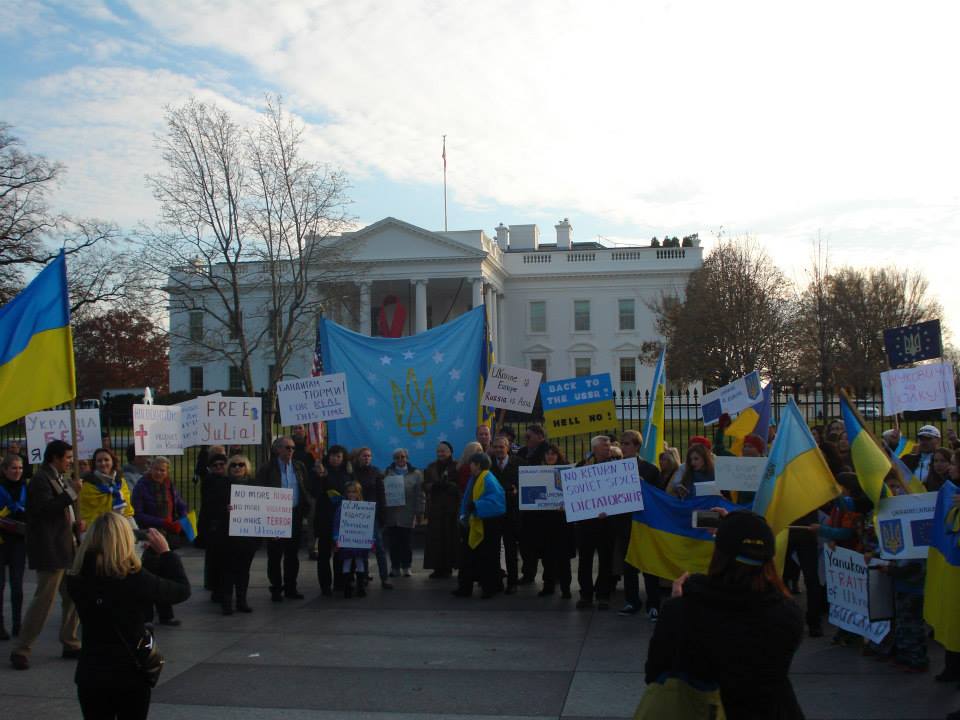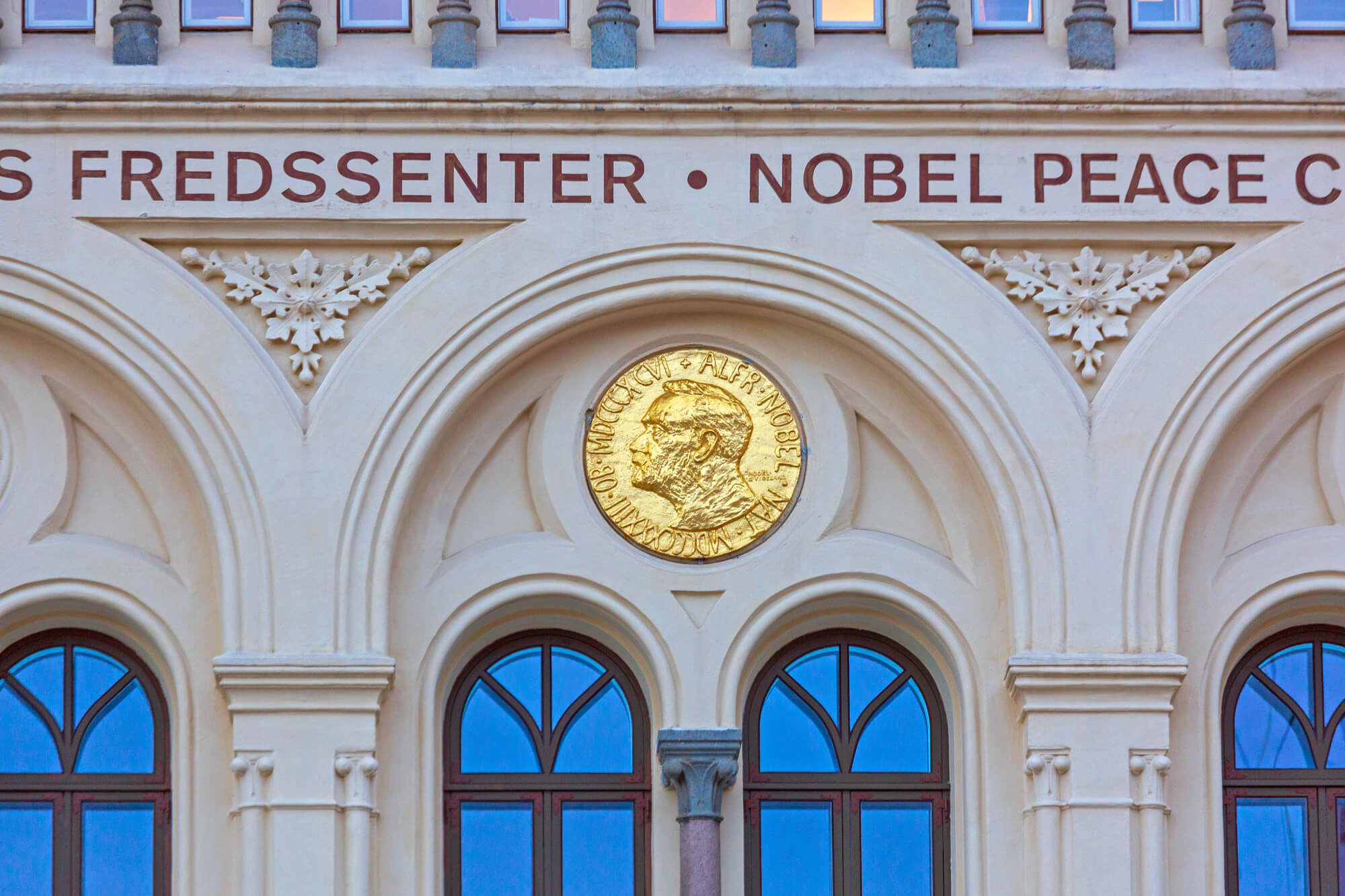Millions of Ukrainians now live abroad, and the majority of them have been born in the countries of residence. Multiple studies show that countries that can efficiently engage their emigrants into home affairs win in terms of economic growth and technological development. Yet, for this cooperation to occur, the diaspora itself should be rather well organized and willing to identify themselves as natives of their home country.
Millions of Ukrainians now live abroad, and the majority of them have been born in the countries of residence. Three major waves of migration usually named by historians are the end of XIX – beginning of XX century, period after the WWII, and the third wave of migration, which has started since 1991.
The diaspora’s relationship with countries of origin can be of various natures: technological, cultural, financial,etc. Multiple studies show that countries that can efficiently engage their emigrants into home affairs win in terms of economic growth and technological development. Yet, for this cooperation to occur, the diaspora itself should be rather well organized and willing to identify themselves as natives of their home country.
Brief Historical Retrospective
Ukrainian emigrants of the first two waves could not establish or support personal contacts with people living in the Soviet Union for political reasons. Hence, the ties between Ukrainian diaspora and residents of Ukraine have begun to grow only after the USSR collapse in 1991. Even though, this relationship was somewhat sluggish in the beginning. This may be explained by the high level of disappointment witha new image of Ukraine (damaged by the 70-year Soviet rule) shared among many earlier migrants: the state became highly corrupt, russified and demonstrated a low general level of culture and ethics. This new Ukraine highly contrasted with the image of “Ukrainian utopia”, a heaven on Earth, that emigrants had preserved in their collective memory.
However, the things gradually changed. If you compare electoral maps of Ukraine for different years, you may notice how the boundary between the new Ukraine and its Soviet past steadily moves eastward. The decisive battle between Ukraine and the Russian Federation (in its various reincarnations)has begun at the end of 2013 on MaidanSquare. The mass protests of 2013 came a shock to the world: they paraded the strength and courage of Ukrainians, as well as their will to fight for the values of the civilized world. Nevertheless, the EuroMaidan was just the beginning and now Ukraine has a war on her eastern borders with the Russian Federation and a handful of separatists in Luhansk and Donetsk.
As the skirmishes escalated Ukrainians living abroad started rallying and showing support and solidarity with the established Ukrainian communities. Rallies and fundraising efforts have consolidated many of us as one community.
Needless to say, it is a very difficult time for Ukraine and it desperately needs international support. Who is in the better position to raise that support than Ukrainian diaspora – people routed in the Western societies, but remembering their historic origin? However, in order to do that efficiently the Ukrainian diaspora must be very well organized. Moreover, it should be fully aware of the political situation and the way the things are done in Ukraine (still quite differently than in the developed countries). From this point of view, the migrants of the third wave are invaluable asset to established Ukrainian communities. Yet, there are difficulties in attracting them in the first place and then involving them as active members of an organization.
Insider’s Standpoint

The period 1991 – 2014 has seen a mass migration of Ukrainians to the western world: the USA, Canada, Australia and many other countries. It is important to note that abroad they are deemed as anessentially different migration wave to that of the 1940’s and 1950’s.Unlike the previous two, the third wave of migration is leaving the country not for political reasons (though,as of July 2014 there have been registered 6,343 refugees and 4,444 asylum seekers originating from Ukraine as a sequence of the conflict in Eastern regions). This last wave of migration is educated, financially solvent and relatively good English speaking. These people have migrated to find a better employment and to explore new opportunities for themselves (and their families). They may have different views on both past and present Ukrainian politics, or may have no political views whatsoever.
Multiple differences in customs, language and lifestyle became the reason why we in the diaspora see these people as “new-Ukrainians”. These dissimilarities commonly assemble into serious obstacles on the path of intercommunication, mutual acceptance and reconciliation among several generations of immigrants. I have even frequently witnessed across Australia this contrast growing into absurd and unnecessary dispute on “who is more Ukrainian?”
The reason that we have permitted this conundrum to occur is the bias the older migrants have to the Russian language, the “modern”Ukrainian language and the surzhykdialect (i.e. a mix of Ukrainian and Russian, predominantly spread among eastern and central Ukrainians). The elder generation of immigrants who have left Ukraine some 50-70 years ago face significant difficulties accepting the new-Ukrainians with this “newer language”. I have also repeatedly seen resentment of the younger Ukrainians, who were born in the diaspora and had little Ukrainian schooling, toward new-Ukrainians: they criticize the use of surzhyk or Russian, which they do not understand.
Until Ukraine’s EuroMaidan this was always a sore point. However, since the commencement of the 2013 EuroMaidan there has been resurgence to unite with the existing communities. This is the perfect time to invite and involve many new members into our Associations in order to join our effort in promoting and preserving Ukrainian culture abroad, as well as providing support to those fighting for better future in Ukraine. The diversity of these members will make us only stronger.
It is not a criterion to belong to a Ukrainian Association to love Ukraine. For those of us who desire to build strong networks in our respective countries we need to realize the importance and priority of each and every Ukrainian in our community. We can postulate and frustrate ourselves forever strategizing as to how to win over hearts of the newcoming Ukrainians, but they may have their own reasons and dedications to join other Ukrainians in the area (and sometimes they might surprise you with those). And when the moment comes, the greatest challenge for elder generation of immigrants is to make newcomers feel welcome and appreciated.
Even when the person has been already accepted as a member of our group,he/she will need some tender love and care and guidance. The fear of rejection is usually one of the strongest factors preventing new members from entering established diaspora community: “will they accept me, because I have never belonged before?”,“will they accept me once even my language is different?”, “am I a misfit?”, etc. Make a step forward: ask them over for a shashlyk, a mangal and a “kelykh or two of pivo! “ ps: If you do not know what this means ask one of your new-Ukrainian friends to explain!
The time has come for those of us in the diaspora to get over the misunderstandings in the past and to look forward in the future: we should start rethinking and rebuilding our Ukrainian communities. I truly believe than they will only become better with new friends and “new-Ukrainians”!
Conclusion
It has been illuminating for me as I have met and welcomed new-Ukrainians in Western Australia. I have come to a conclusion that a mountain is made up of a lot of rocks and stones and pebbles. Thus when we want to build a mountain we need to keep finding many rocks and stones and plenty of pebbles. When we find diamonds we can rejoice. But there are also going to be many rocks and stones and plenty of pebbles. My good advice and warning to you: do not be judgmental, prejudicial and rejectful since what you deem a mere pebble may happen to be a real diamond in the rough. My friend, please don’t waste time on “pressurizing” them to convert them to diamonds, just let time do this work for you!
Attention
The author doesn`t work for, consult to, own shares in or receive funding from any company or organization that would benefit from this article, and have no relevant affiliations



